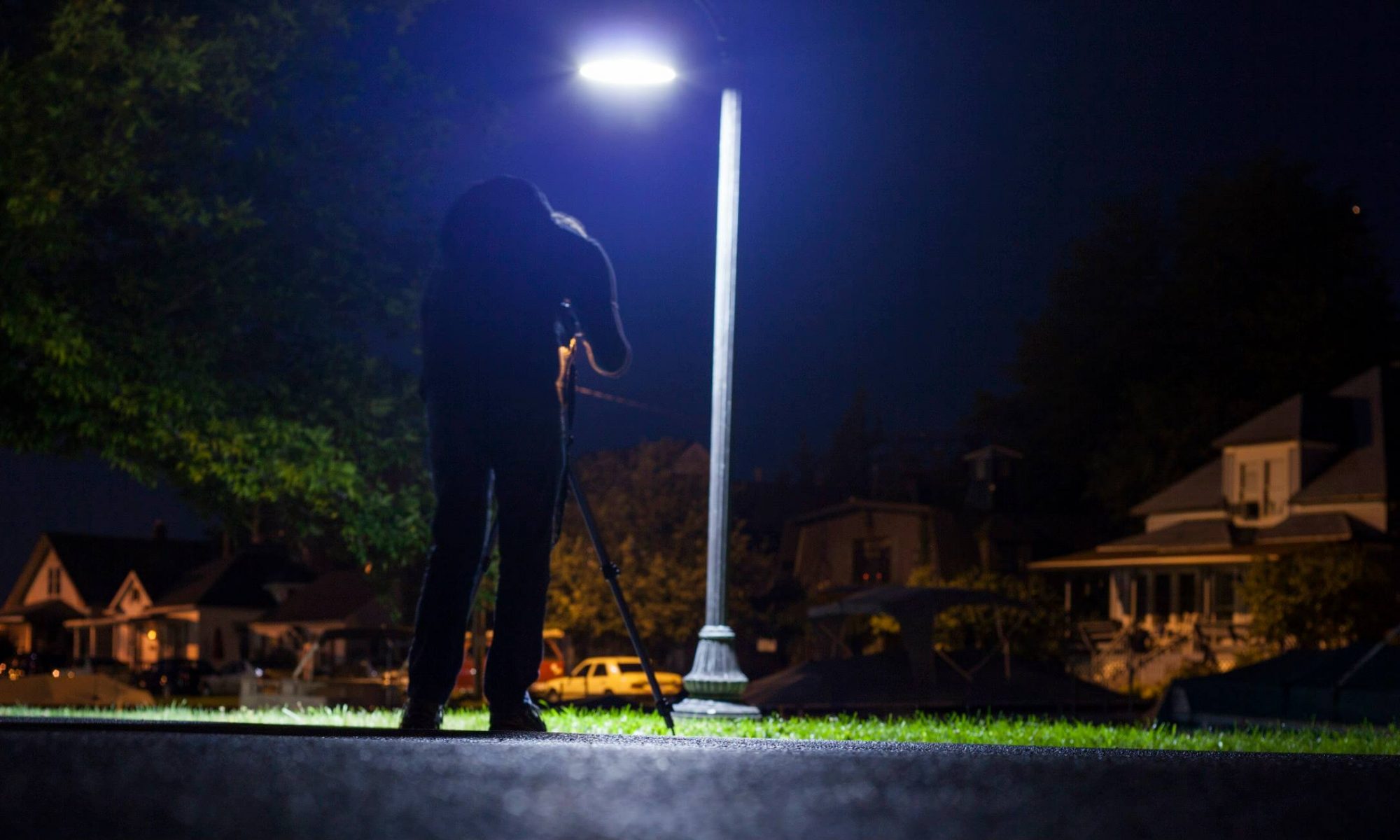In this day and age, it’s next to impossible to find a bad camera. But just because a camera is good doesn’t necessarily make it the right camera for you.
Having so many good cameras readily available makes it that much harder to find the right camera, so what I would like to do is cut through all the noise and give you a helpful guide for finding the right camera for you.
I worked in a camera shop for three years selling cameras and talking to customers about cameras, and during that time I was certified by Sony in most of their camera lines at the time.
I have found that there are two big questions that you need to ask yourself. The first question is “What will I use this for?”
The heart of this question helps you think about what you will be taking pictures of. Are you a hobbyist looking to get deeper into the field of photography? Are you doing freelance work for businesses? Will nature be your primary subject matter? Or are you just looking for something that you can use to take pictures of the kids around the house? Having a good answer for this question is the most critical aspect of finding the right camera.
The second question you need to ask yourself is “What is my budget?” You probably don’t need the biggest and best equipment currently available, so I would highly recommend setting a number for your budget. Compare this number with your answers from the first question. If you need your camera to do a lot of things, you’ll probably need to have a larger budget than someone who just needs a camera for family gatherings.
Once you have an answer for both of these questions, I would highly recommend going into a camera shop if you are able to. If you walk into a camera shop with your needs and your budget, the staff should be able to find a number of options to show you. If you happen to live in the Warsaw area, I would recommend stopping by Blosser’s Photo Design Center in Warsaw. When I worked there, every single employee was actively involved in photography, and most of the staff was very knowledgeable about the cameras that they had in stock. When I was there the staff would let you have hands-on experience with the camera you were looking at, which is great if you want to get a feel for things. The only real downside at Blosser’s is that they don’t carry Canon cameras, so be aware of that.
As a rule of thumb, you should always visit a real camera shop rather than a large store when looking for a new camera. Camera manufacturers set their own prices and every seller (from giants like Walmart down to mom and pop shops like Blosser’s) has to sell at that price. Plus camera shops will always be better equipped to answer your questions and are generally more flexible when it comes to putting a bundle together for extra accessories.
If you can’t visit a camera shop, then I would recommend visiting popular photography forums like ThePhotoForum.com or DPReview.com, where you can talk with other photo enthusiasts and get their recommendations. Please note that I would never recommend this as a replacement from going to an actual camera shop.
While these guidelines are a really good way to massively narrow down the list of cameras to look at, I’d like to give you a few recommendations as a good starting point to look at.
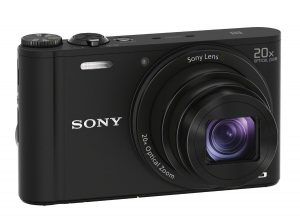
Sony WX350
Price: $
Complexity: 1/5
As a general rule, Sony provides an excellent amount of value for the product that you receive, and this little camera is no exception. Incredibly easy-to-use while also producing some of the best images that I’ve seen from a point and shot camera, the WX350 was the camera I probably sold the most when I was at Blosser’s. It also has a 20X zoom, making it useful for getting shots in a variety of situations.
Who This Is For: Someone who needs a nice camera to have on hand for everyday situations; DSLR users who want a portable camera that still has good image quality.
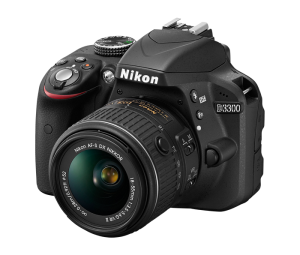
Nikon D3300
Price: $
Complexity: 2/5
As an entry-level DSLR, you really can’t do much better than this. The nice thing about DSLRs is that they are very scalable. An entry-level camera body doesn’t stop you from taking the same kind of amazing shots as the pros. One of the nice things about this particular camera is the guide mode; you can actually tell the camera what type of picture you are trying to take and it will optimize the settings for your individual scenario. Also, Nikon has used the same lens mount on all of SLRs and DSLRs for years, which means you can get some really affordable lenses that still have great image quality. There are also some really great video options available as well for the aspiring videographer.
Who This Is For: Someone looking to get into photography as a hobby
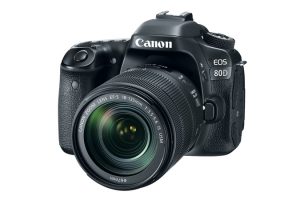
Canon 80D
Price: $$
Complexity: 3/5
While Canon is by far the most expensive camera brand around, they have earned the right to be. The colors that even their lower-end models produce out of the box are the best on the market. While they have more advanced features available, Canon DSLRs like the Canon 80D keep the settings simplified and easy to access. If video options are important to you, Canon has traditionally been the option to go with, as they offer some of the most accessible video options and accessories on the market.
Who This Is For: An amateur photography looking to get serious about their work
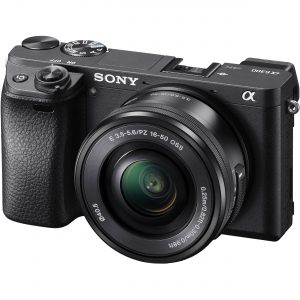
Sony a6300
Price: $$
Complexity: 3/5
The a6300 is a beast of a camera. It’s capable of shooting 11 pictures every second in high-speed mode, which is absolutely unheard of in its price point. It’s also small and easy to carry around, so you don’t need a huge camera bag collecting dust. With its relative ease-of-use and uncompromising image quality, this has been my go-to recommendation to both photography newcomers and seasoned professionals.
Who This Is For: Parents with children in sports; Photographers looking for a killer camera in a small package
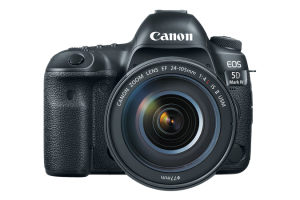
Canon 5D Mark IV
Price: $$$
Complexity: 4/5
Here’s where we really break out the big guns. The 5D line of cameras are renowned for their image quality and low-light capability. My 5D has been my go-to camera for almost every single photography project over the last four years. The full frame sensor allows you to make better use of most lenses, allowing for more data to be captured than crop sensor cameras.
Who This Is For: Landscape photographers; Pro photographers who need a camera that will work in every situation
Final Thoughts
When it comes to a particular brand of camera, I would generally say that Nikon is better for regular still photography, Canon has better colors and video options, and Sony is best if you are going to be doing a lot of both video and photos. If you currently have a particular brand, I would also recommend staying with that brand. So if you already have a Nikon camera and are looking to upgrade, you should probably stick with Nikon.
You may have noticed that I didn’t touch on megapixels at all. That’s because megapixels are essentially a marketing myth; 8 megapixels is all that are needed for sufficient image quality. They really only matter if you are going to be printing out your shots at sizes larger than 11×14, and even then a 20 megapixel camera is fine. In fact, the camera that I use for most of video projects is a DSLR that “only” has 12 megapixels, and it’s one of the best cameras I have ever used.
I hope this guide has been helpful for you. If you have any camera recommendations of your own, let me know in the comments. Stop by in a few weeks to catch my post on lens recommendations!
Ethics Statement: I am not being paid for any of my opinions or recommendations, and I do not receive any sort of sales commission from purchases made based on my recommendations. Other than working for Blosser’s from April 2013 through April 2016, I have no affiliation with the business and am not being paid to recommend them over any other camera shop.

